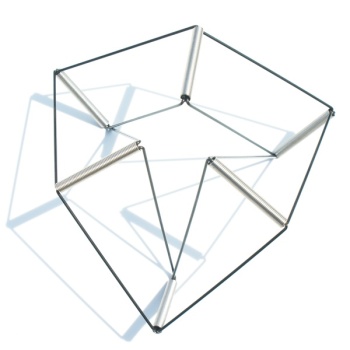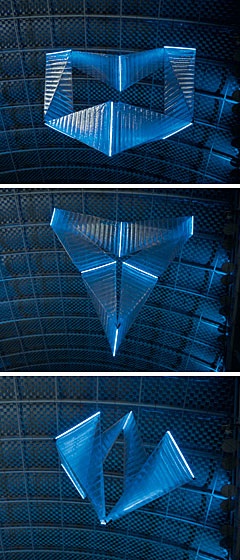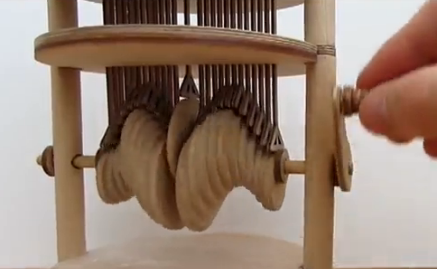Last week we went up to Cambridge, MA to see the newest kinetic sculpture show at the MIT Museum. The museum always has an Arthur Ganson exhibit but through November, 2014 they also have an additional gallery dedicated to kinetic sculpture. It makes a visit doubly inspirational. The exhibit, titled 5000 Moving Parts includes the work of five kinetic sculptors, Arthur Ganson, Anne Lilly, Rafael Lozano-Hemmer, John Douglas Powers and Takis.
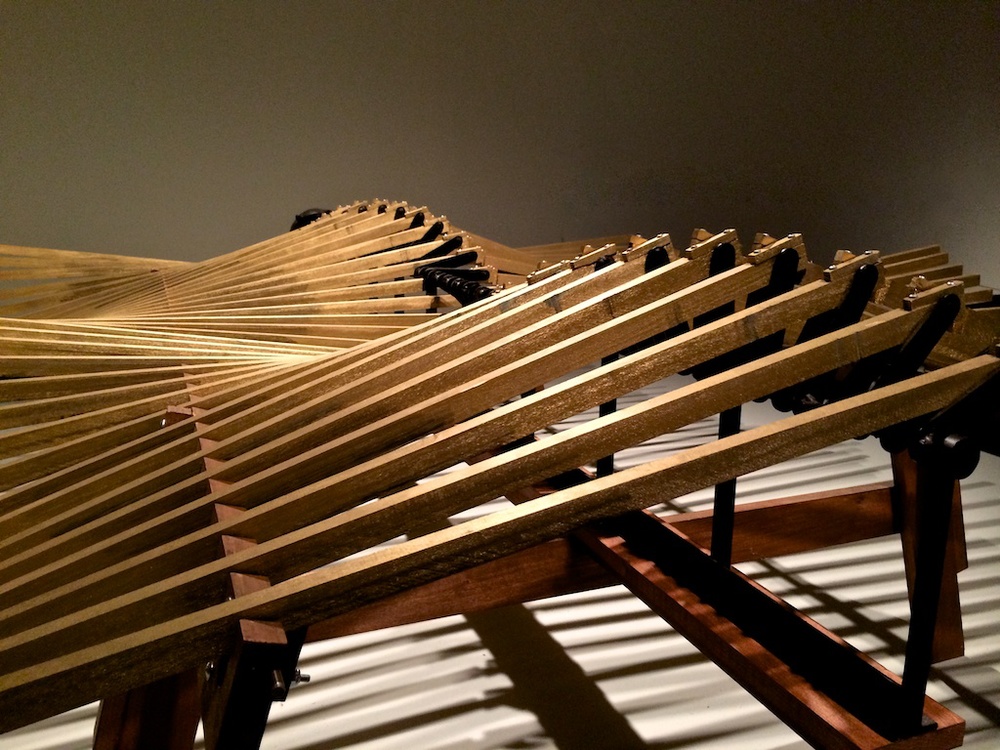
Haliades by John Douglas Powers
David assembled a short video montage of some of the pieces in the exhibit because one must see the motion! And hear the noise!
Although kinetic sculptures are meant to move, they often create fascinating still photographs as well.

Machine with Breath by Arthur Ganson

Machine with Breath by Arthur Ganson
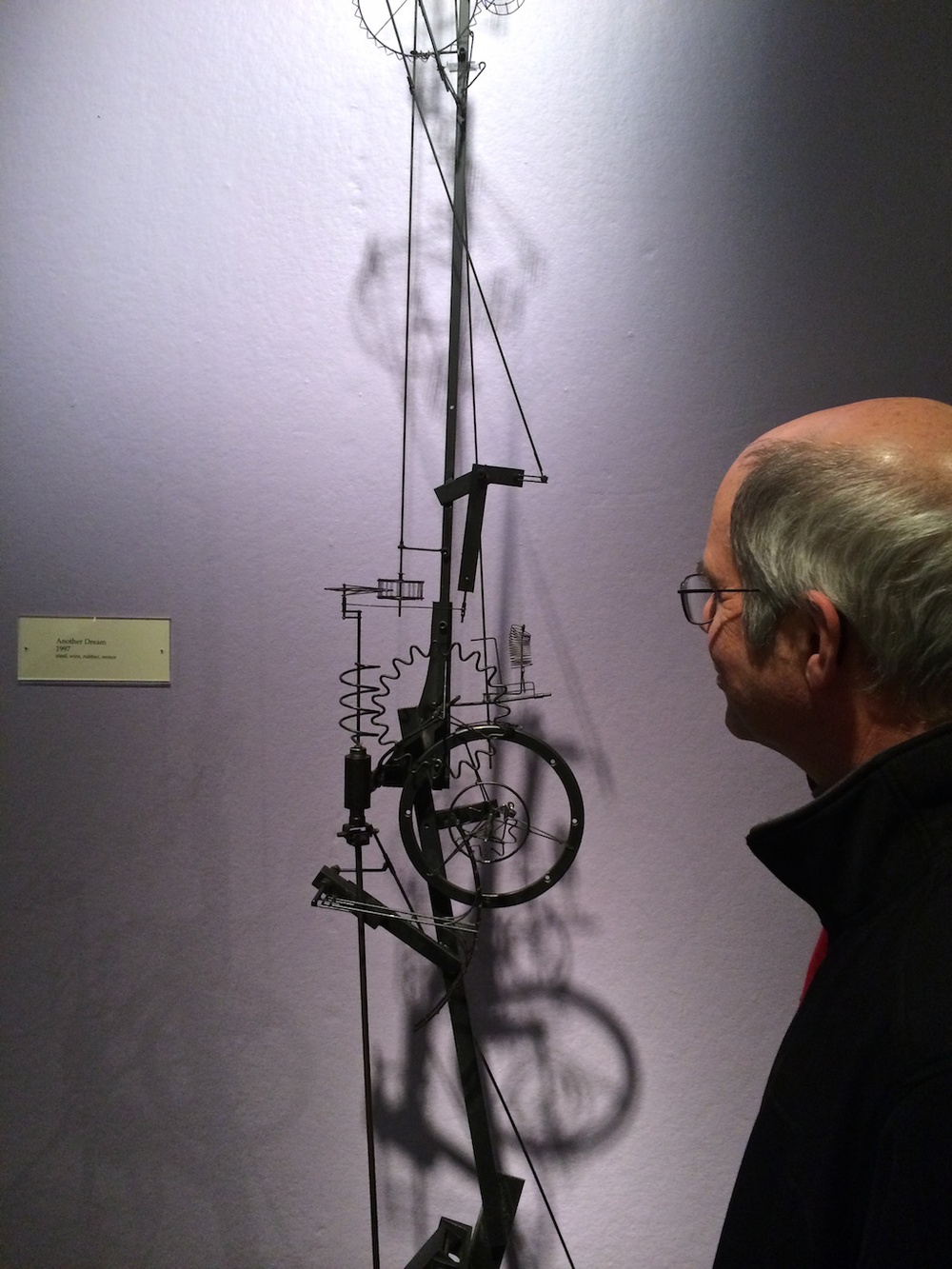
Another Dream by Arthur Ganson 1997 (Ganson Exhibit)
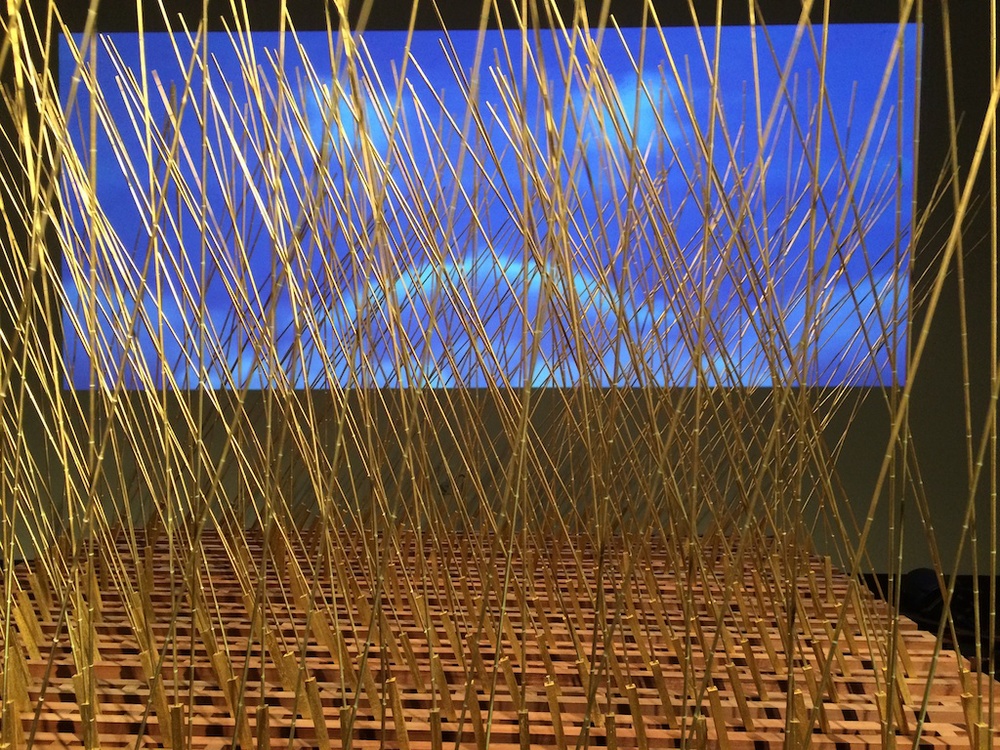
Ialu by John Douglas Powers

Ialu by John Douglas Powers
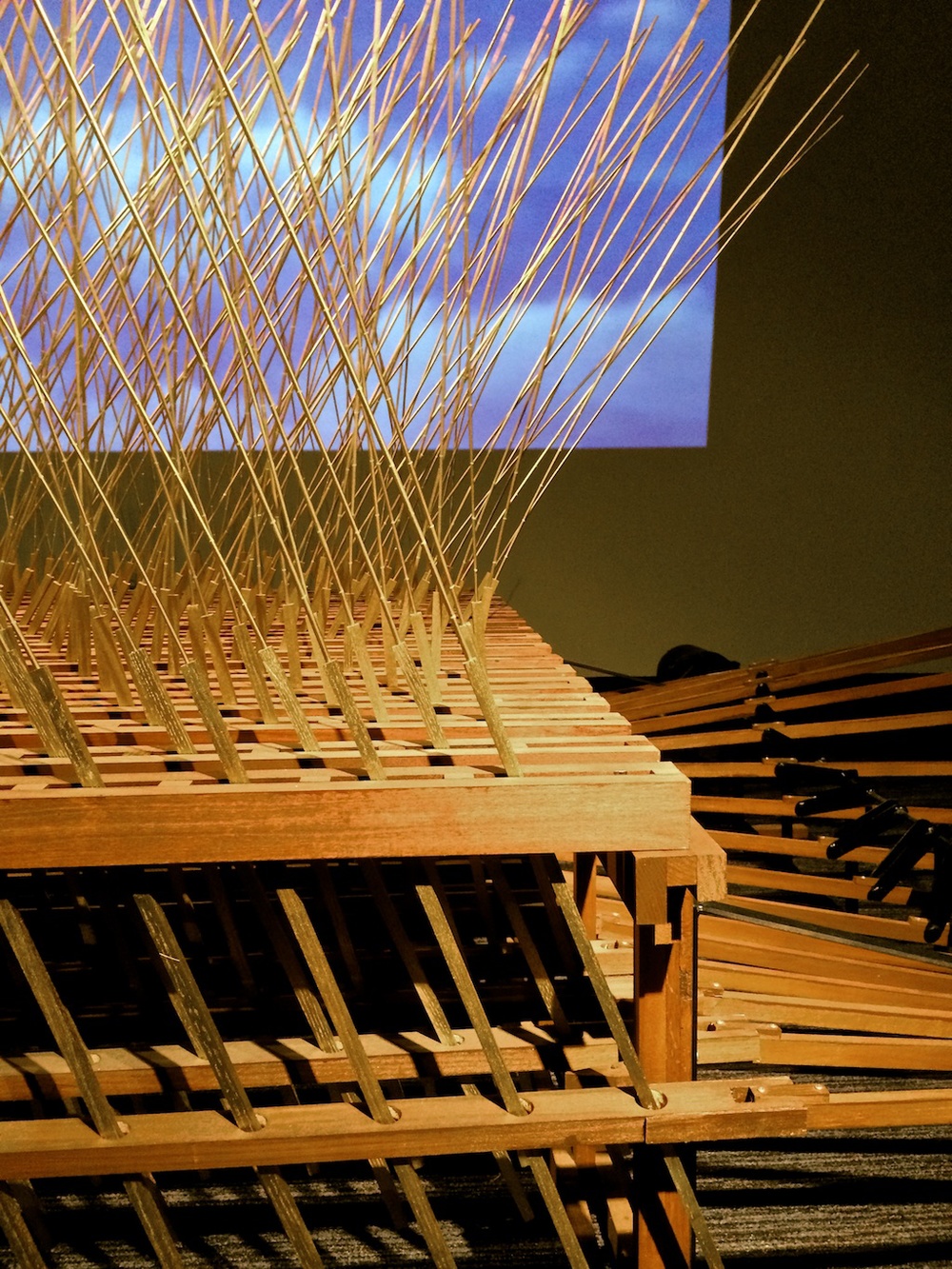 Ialu by John Douglas Powers
Ialu by John Douglas Powers
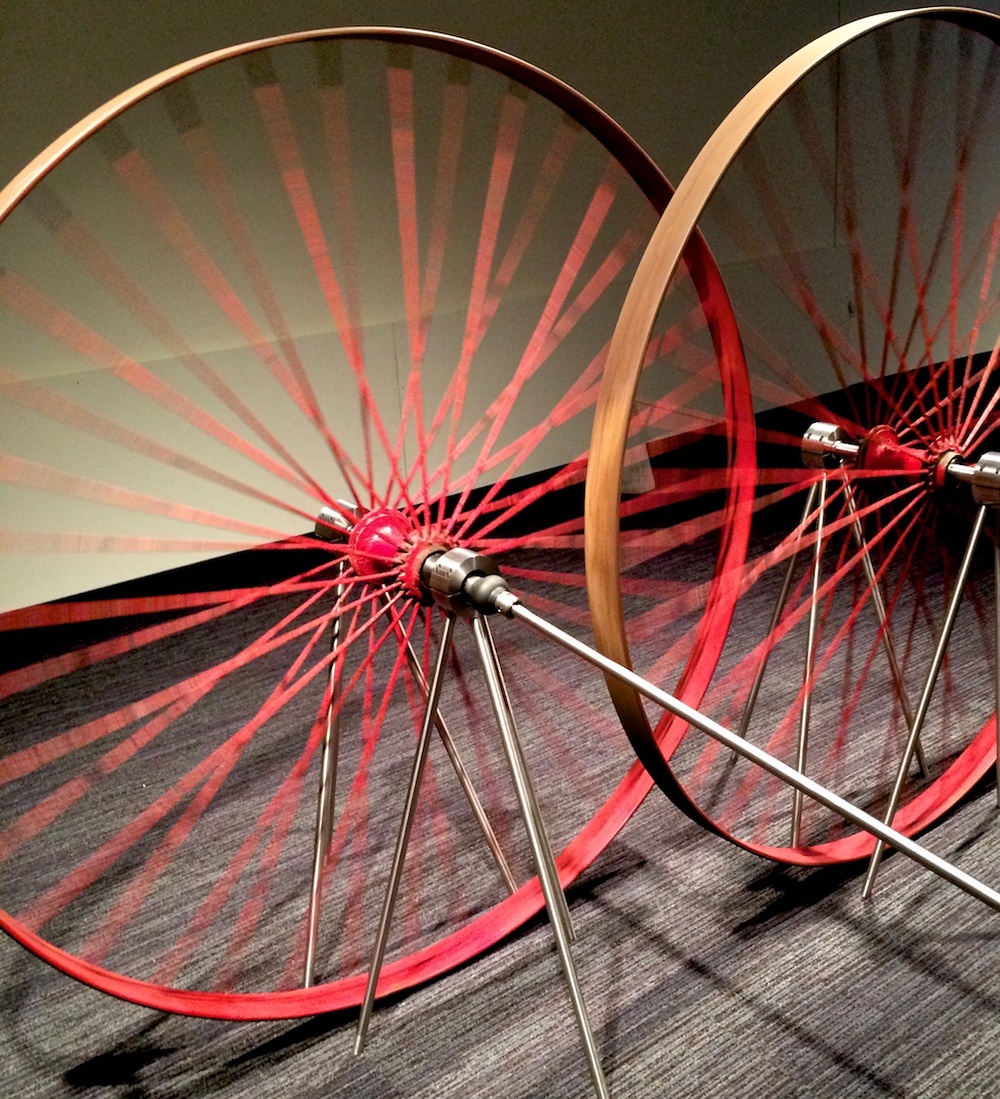
To Conjugate by Anne Lilly
And I found another viewer's video collage of the show up on YouTube. Here is the impressions of the show assembled by Joykrit Mitra.
We have recommended the MIT Museum on this blog before but it is a great time to visit with this new exhibit. If you are traveling to Boston be sure and add it to your itinerary. Advance warning though - find it on Google maps first. It is tucked away in an MIT corner.
Additional Resources;
Larua Knot is the curator for the show and she has started a kinetic blog about the show that includes some fascinating information about assembling this exhibit. The blog is located here.
And the Boston Globe did a review of the show here worth reading as well.
